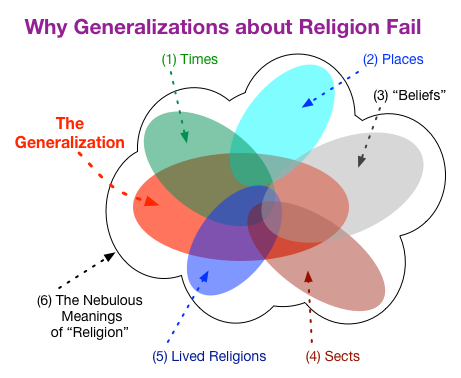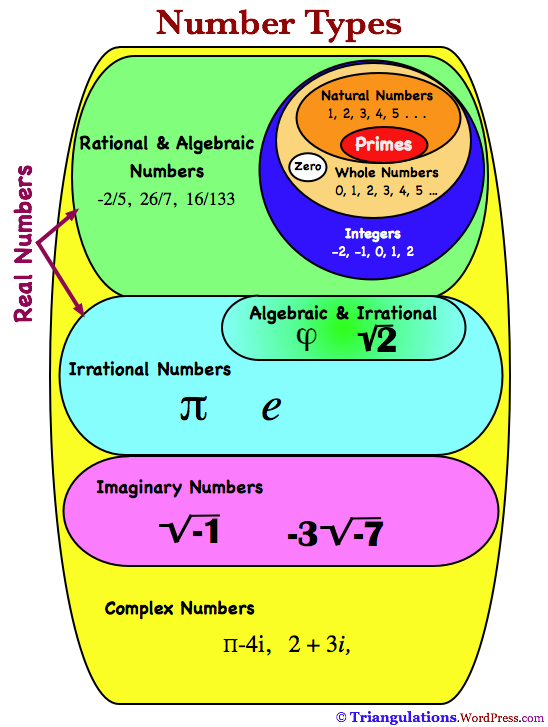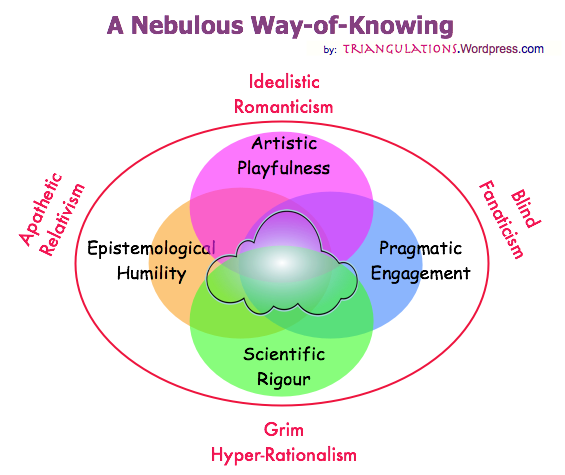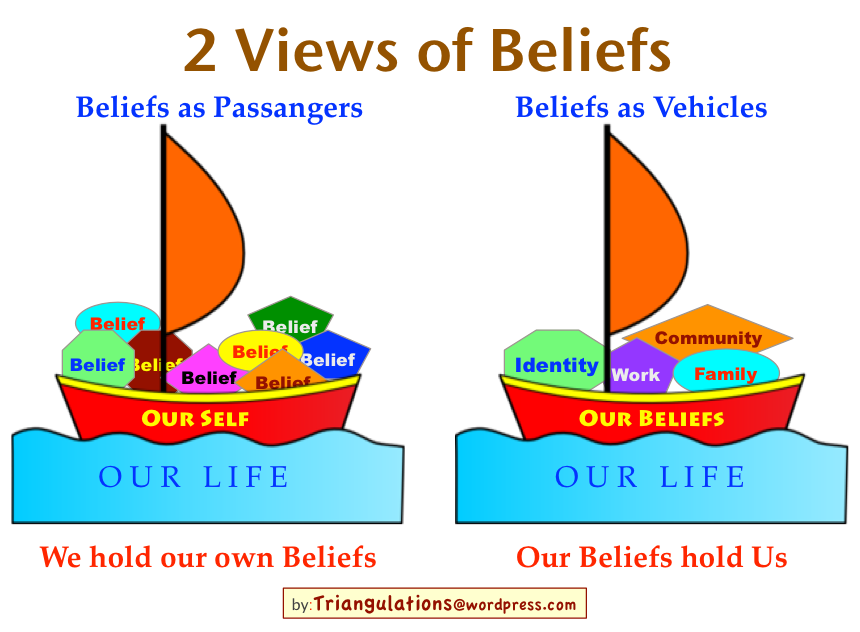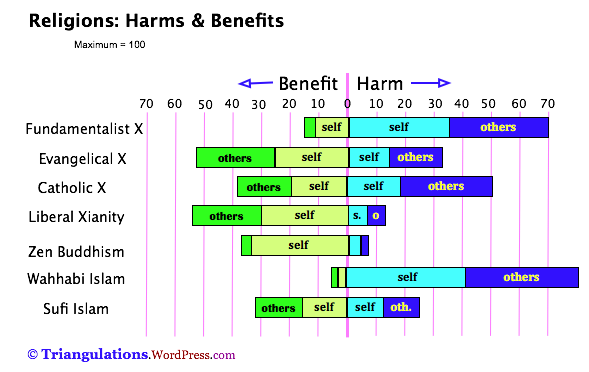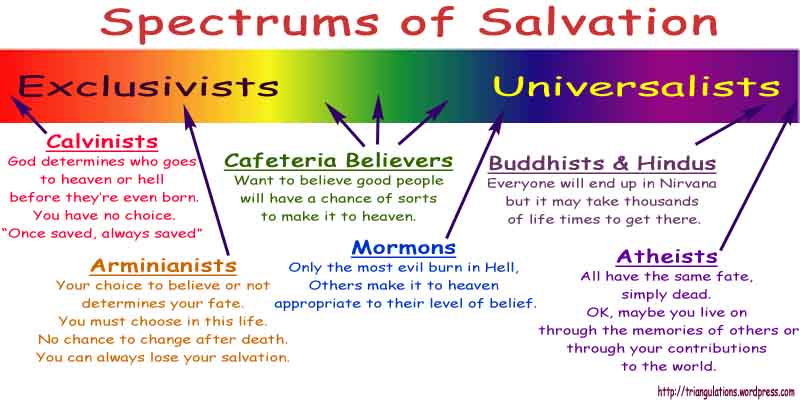Human abstractions are like constellations.
The sky is full of stars. The ancients looked at the stars and arbitrarily drew lines between groups of them to create constellations. For instance, in Western astrology some familiar constellations include The Big Dipper, Orion and Cassiopeia. And each of these constellations often has a story or myth behind them.
Our words for emotions can be similar to constellations. Imagine each star as a bodily sensation or feeling. Our words for emotions are often groups of sensations, stories, myths, feeling. Emotions are often abstractions for these groups. They are arbitrary constellations.
If two people have similar constellations, communication go smoothly. But often we have to step back and explore each other’s arbitrary constellations to gain true understanding. Even when English speakers talk to each other, they may be grouping very different feelings, ideas, myths and stories behind the word “love” than other English speakers. This phenomena is even more exaggerated between cultures that are very different from each other.
Astronomers of India, China and Japan divided up their skies with different grouping of stars- different constellations- than European (Western) astrologers. So in the same section of the sky, a Chinese constellation and a Western constellation may share stars, but each contains unshared stars as well.
When learning another language, beginners tend to start simple by making one-to-one translations. For example, a beginner may ask, “How do you say “Love” in Japanese”. The simple answer would be “ai”. However, as person becomes more fluent in Japanese and more aware of Japanese culture, they learn that, like English, there are many different words and emotions to describe the ideas behind “love”.
Using the analogy of constellations has helped me see behind abstractions and dig deeper into understanding other people and other perspectives.
To complicate things, each of us have different personal experiences with words. Two individuals may have very different experience with the words “love” and “freedom”. They may build different stories and myths to support their abstractions. Each person builds their own constellations or supplements their culture’s constellations, which makes true understanding between people a complex task.
















